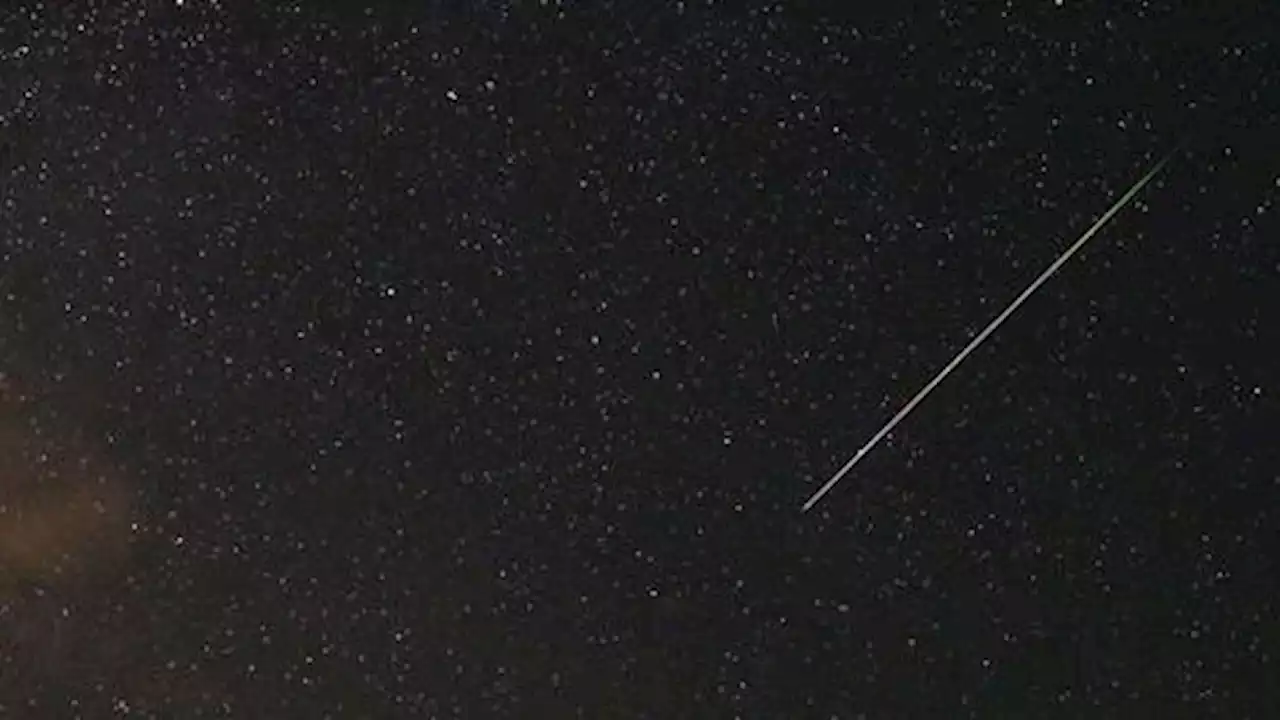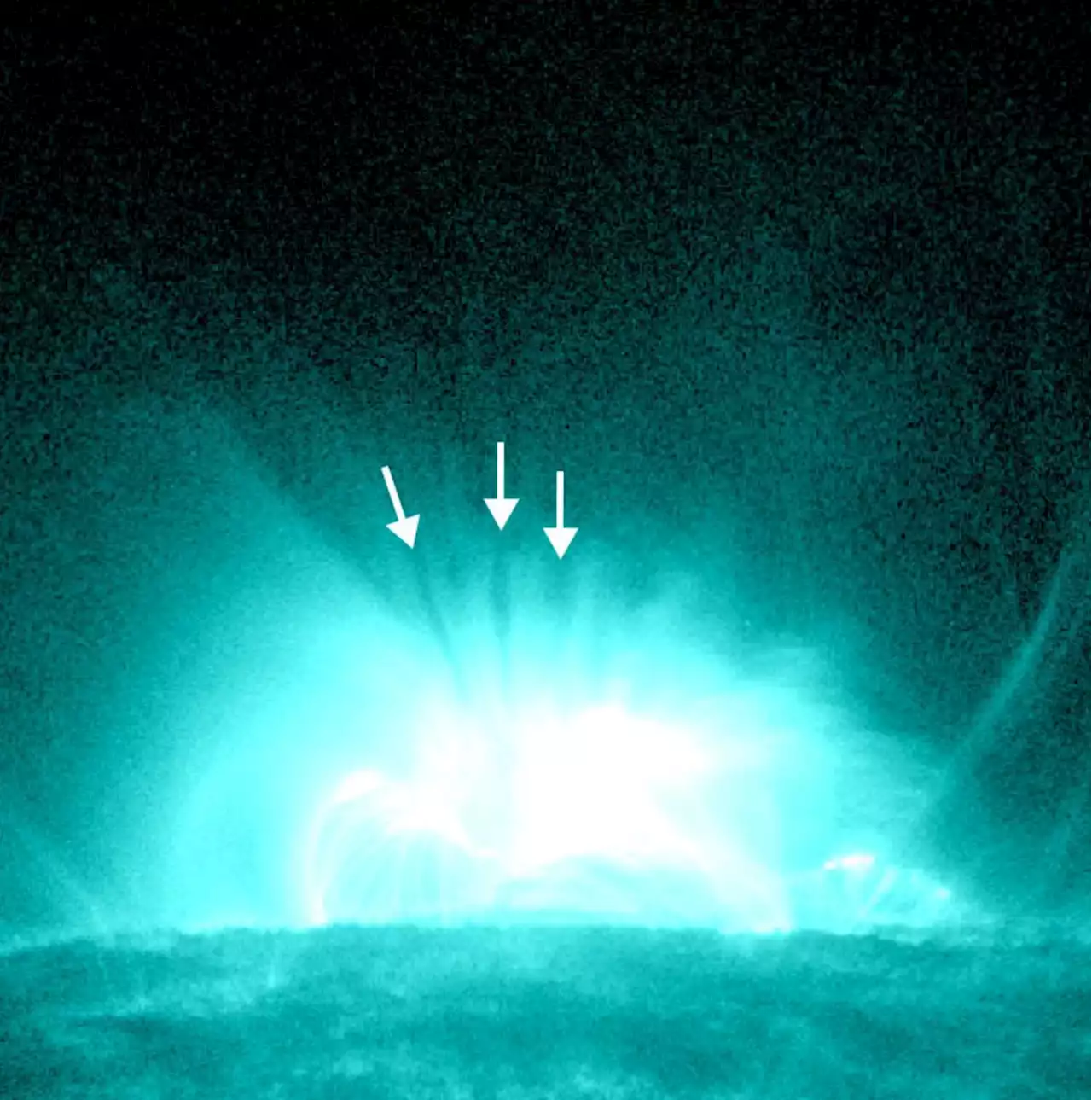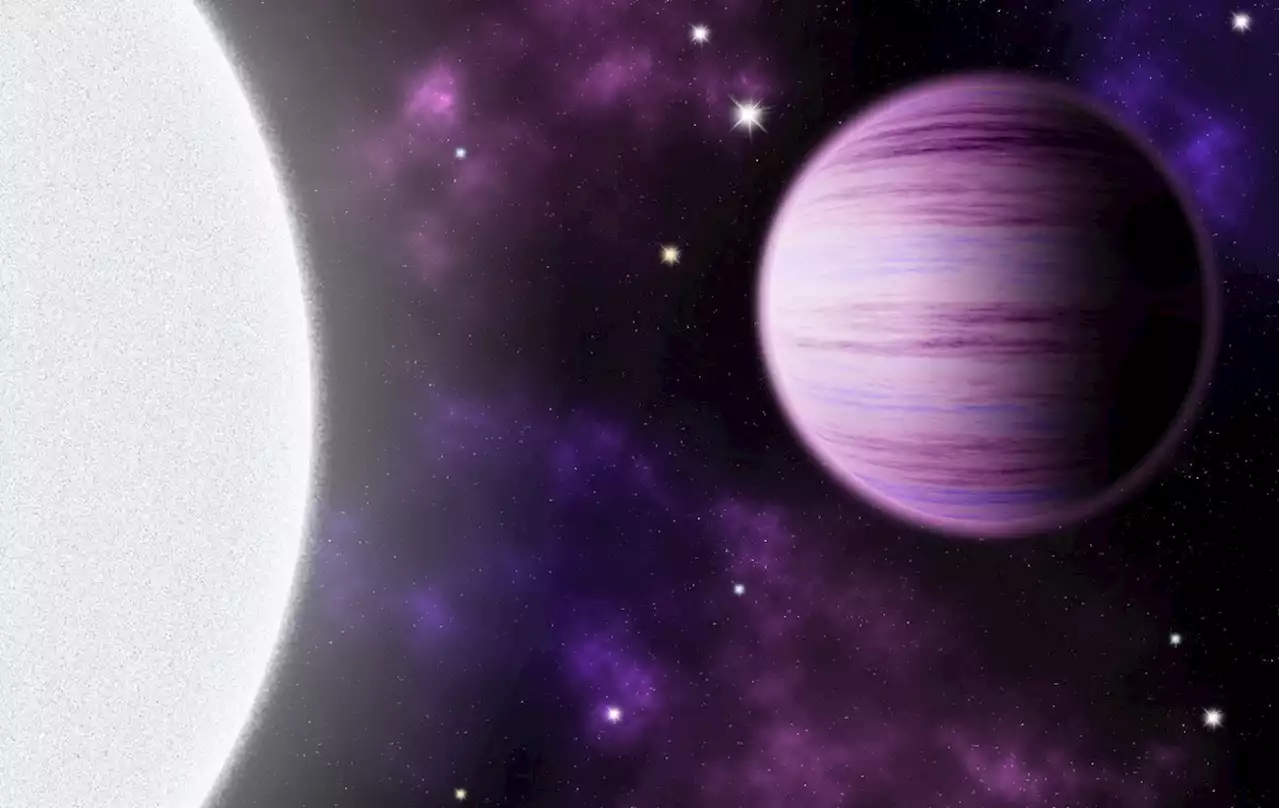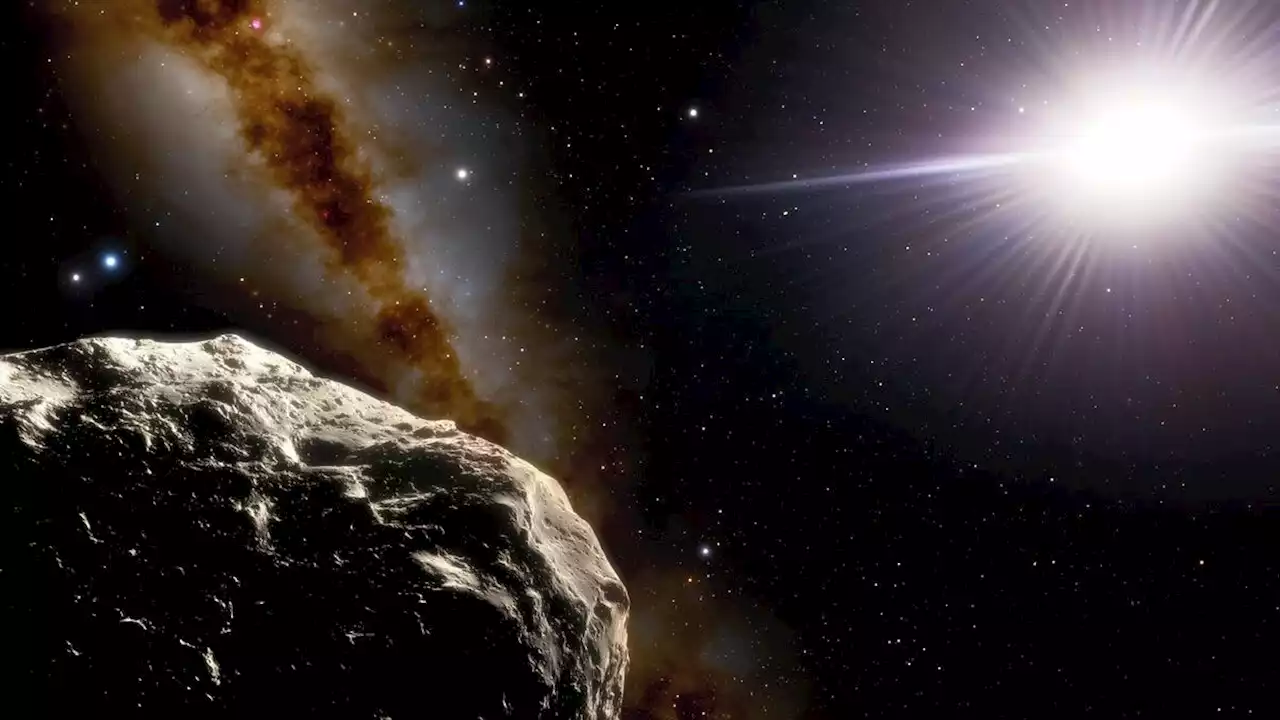At nearly one mile wide, the Earth Trojan is the largest yet—but it’s not here to stay.
“In order to improve the knowledge of its orbit, we performed follow-up observations in February and March 2021, which allowed us to calculate with great accuracy the orbit of the object,” Santana-Ros explained to me in an email. “In turn, this allowed us to find ancillary data of the object in the data archive.”
Those follow-up observations were performed by three ground observatories: the 13.5-foot Southern Astrophysical Research Telescope on Cerro Pachón in Chile, the 14.1-foot Lowell Discovery Telescope in Arizona, and the European Space Agency’s 3.2-foot Optical Ground Station in the Canary Islands. This was combined with archival data gathered between 2012 and 2019 as part of the Dark Energy Survey.
arger than the first known Earth Trojan, 2010 TK7. 2020 XL5 will hang out as an Earth Trojan for another 4,000 years, after which time it will come free and venture through space on a new trajectory.2020 XL5 is not a primordial Trojan, meaning it hasn’t been parked in the L4 point since the time of our planet’s birth. That’s unfortunate
because primordial Trojans “can provide us with information about the formation of its host planet” and, in turn, keys to a better understanding of solar system evolution, Santana-Ros said. Interestingly, 2020 XL5 only became a Trojan around 600 years ago. The discovery of this Earth Trojan “confirms that 2010 TK7 is not a rare exception and that there are probably more bodies populating L4 and probably L5 of the Earth-Sun system,” explained Santana-Ros, adding that this will “encourage us to keep enhancing our survey strategies to find, if it exists, the first primordial Earth Trojan.”The new object is also interesting in that it could be the target of a future fly-by mission, or even a cool place to set up a space station or mine for resources.
United States Latest News, United States Headlines
Similar News:You can also read news stories similar to this one that we have collected from other news sources.
 Burning ‘fireballs’ recorded over Spain and MoroccoAstronomers from the Institute of Astrophysics of Andalusia have witnessed rapid passing of two bright meteors across the sky of Spain and Morocco
Burning ‘fireballs’ recorded over Spain and MoroccoAstronomers from the Institute of Astrophysics of Andalusia have witnessed rapid passing of two bright meteors across the sky of Spain and Morocco
Read more »
 The Atmosphere of This Extreme Exoplanet Has an Intriguing Similarity to EarthAstronomers have just peered into the atmosphere of one of the most extreme exoplanets ever discovered.
The Atmosphere of This Extreme Exoplanet Has an Intriguing Similarity to EarthAstronomers have just peered into the atmosphere of one of the most extreme exoplanets ever discovered.
Read more »
 Bentley's Latest Offering Is A $15k Road Trip To A Distillery In Scotland | CarscoopsParticipants get to eat at Michelin-star restaurants and stargaze with Scotland's Astronomer Royal
Bentley's Latest Offering Is A $15k Road Trip To A Distillery In Scotland | CarscoopsParticipants get to eat at Michelin-star restaurants and stargaze with Scotland's Astronomer Royal
Read more »
 South Atlantic Anomaly: Have astronomers finally explained space's Bermuda Triangle?Space Mysteries: Spacecraft go haywire and sometimes meet their doom in an area above Earth that's blasted by high doses of radiation
South Atlantic Anomaly: Have astronomers finally explained space's Bermuda Triangle?Space Mysteries: Spacecraft go haywire and sometimes meet their doom in an area above Earth that's blasted by high doses of radiation
Read more »
 Astronomers Propose New Explanation for Finger-Like Features Seen in Some Solar Flares | Sci-News.comDr. Chengcai Shen from the Harvard & Smithsonian Center for Astrophysics and colleagues have analyzed images of the so-called supra-arcade downflows captured by the Atmospheric Imaging Assembly (AIA) onboard NASA’s Solar Dynamics Observatory.
Astronomers Propose New Explanation for Finger-Like Features Seen in Some Solar Flares | Sci-News.comDr. Chengcai Shen from the Harvard & Smithsonian Center for Astrophysics and colleagues have analyzed images of the so-called supra-arcade downflows captured by the Atmospheric Imaging Assembly (AIA) onboard NASA’s Solar Dynamics Observatory.
Read more »
 Astronomers Detect Titanium Oxide and Several Metals in Atmosphere of WASP-189b | Sci-News.comUsing high-resolution transmission spectroscopy, astronomers have detected titanium oxide in the atmosphere of the ultrahot Jupiter WASP-189b.
Astronomers Detect Titanium Oxide and Several Metals in Atmosphere of WASP-189b | Sci-News.comUsing high-resolution transmission spectroscopy, astronomers have detected titanium oxide in the atmosphere of the ultrahot Jupiter WASP-189b.
Read more »
